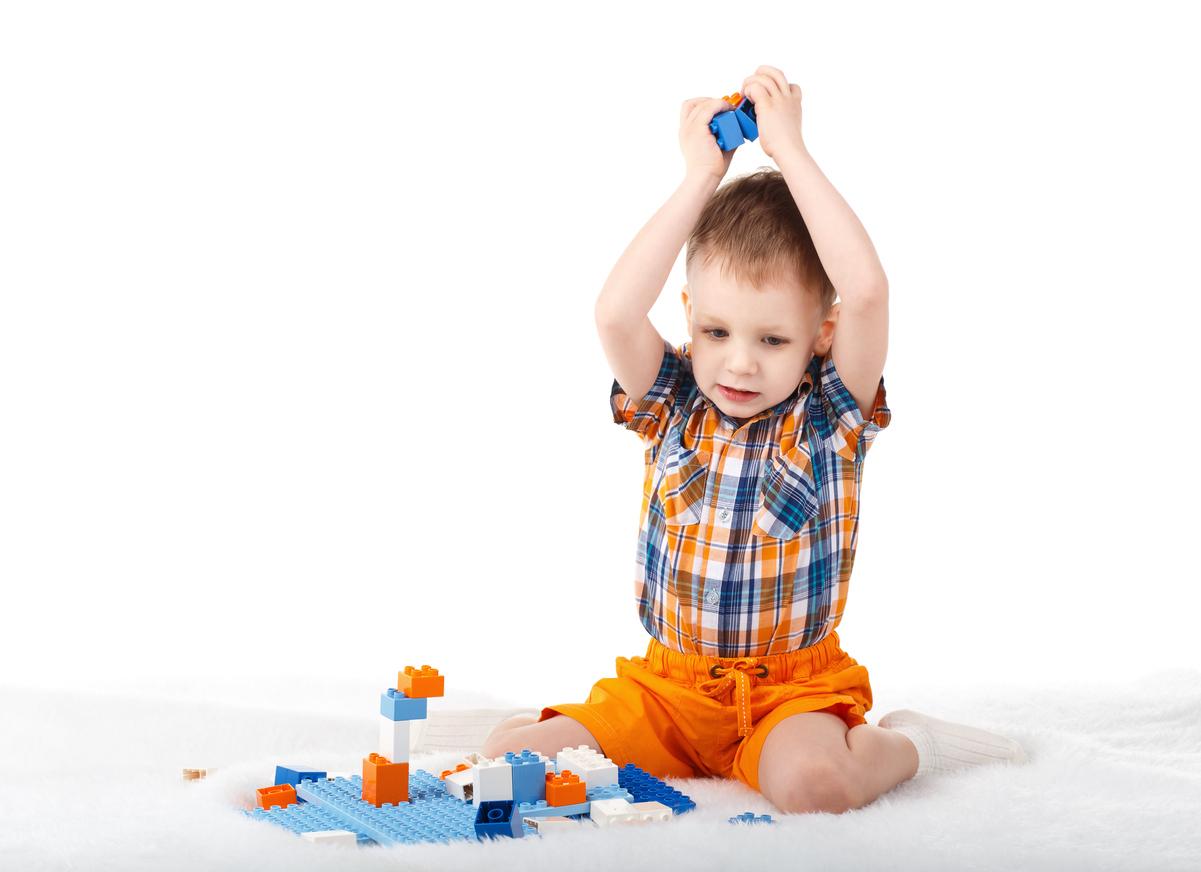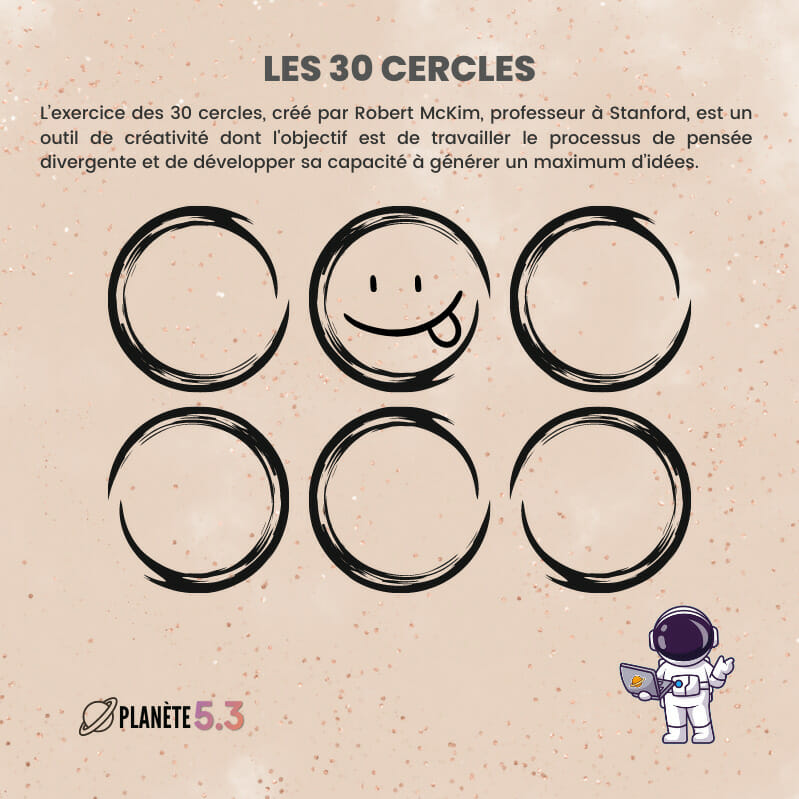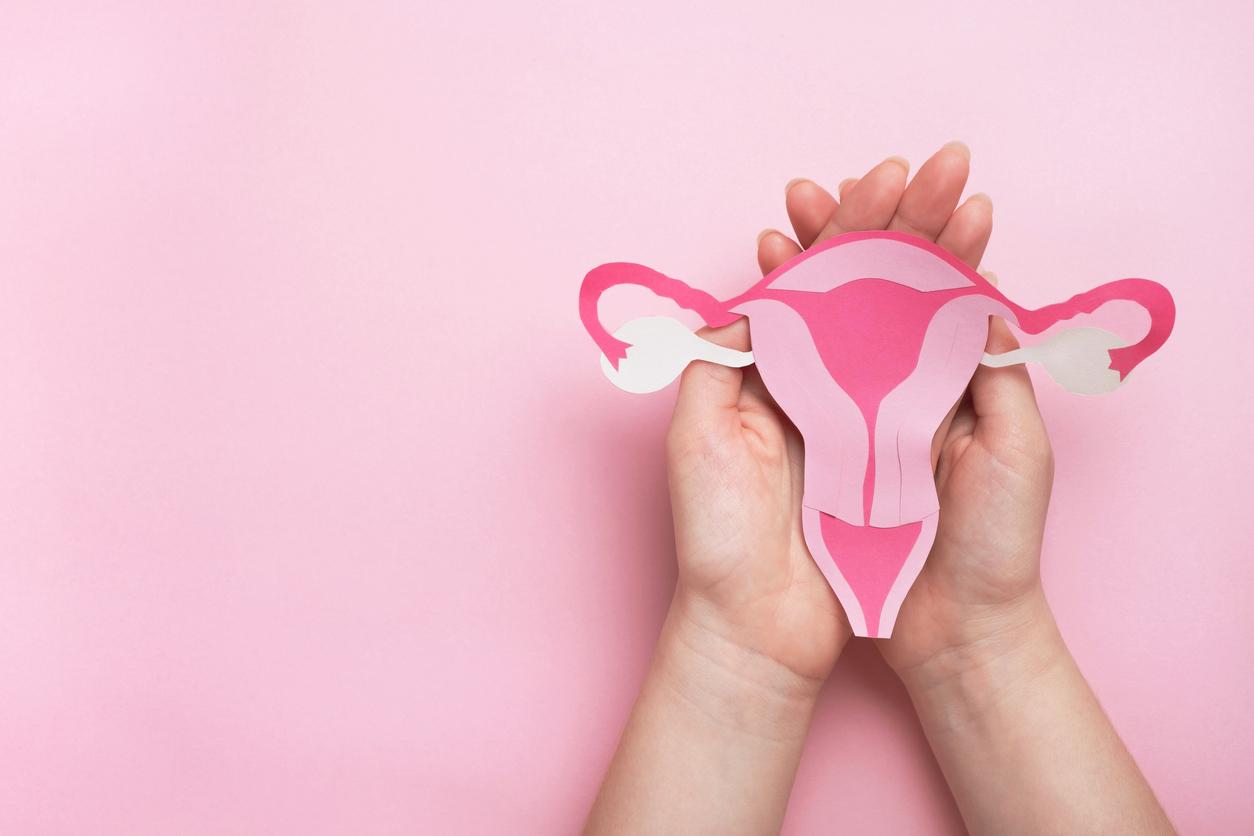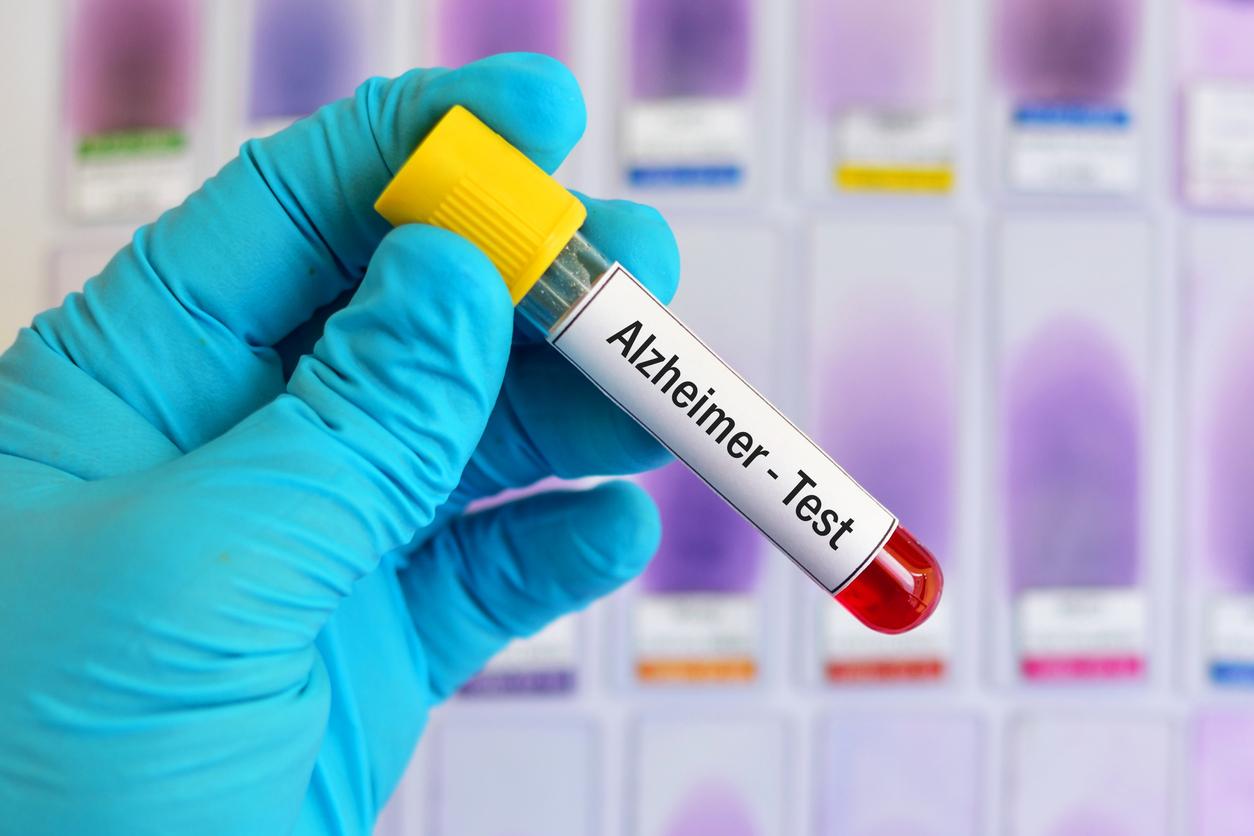Can a child’s lack of interest in toys be an indicator of autism? This behavior deserves special attention from parents and health professionals for early diagnosis and appropriate management.

- A child’s lack of interest in toys does not automatically mean they have autism, but it is a sign that should not be ignored.
- Careful observation and early detection are the keys to providing the child with the support he or she needs.
- There are other causes besides autism that can explain a child’s disinterest in toys.
Play is an essential activity for a child’s development, allowing them to explore their environment, develop their creativity and interact socially. However, when parents notice that their child shows no interest in their toys, a legitimate question arises: could this be a sign of autism? Faced with this question, it is crucial to understand typical and atypical behaviors in children to better identify the early signs of this disorder.
Normal development of play in children
When observing a young child, it is common to see him or her manipulating objects, shaking them, throwing them, and gradually beginning to use them symbolically. Around the age of 2 to 3, these games become more complex, reflecting a rich imaginary world. A child can transform a box into a car or pretend to prepare a meal with toys. These activities are not trivial: they reflect a rapidly expanding cognitive and social development.

When Lack of Interest Becomes a Warning Sign
However, if a child doesn’t seem drawn to these playful activities, it can be cause for concern. Disinterest in toys can be one of the first indicators of autism spectrum disorder (ASD). Of course, every child is unique, and some may simply prefer other forms of stimulation. But when combined with other signs, this behavior can alert parents and healthcare professionals.
Children with autism may exhibit a range of distinct behaviors. For example, they may have difficulty making eye contact or using gestures to communicate. Some exhibit repetitive behaviors, such as hand flapping or body rocking, and may have restricted and intense interests. These children may also exhibit sensory hypersensitivity, overreacting to sounds, textures, or lights.
Knowing how to distinguish between autism and other disorders
It’s important to note that lack of interest in toys is not unique to autism. Developmental disabilities or attention deficit hyperactivity disorder (ADHD) can also influence how a child plays. Additionally, some healthy children may simply have different interests or unique temperaments.
In light of these observations, the role of parents is crucial. If a child appears to display a persistent lack of interest in toys, it is advisable to consult a pediatrician or child development specialist. Screening tools, such as the M-CHAT (Modified Checklist for Autism in Toddlers), can help assess the risk of ASD. Early diagnosis allows for appropriate interventions that can significantly improve the child’s social, communication, and adaptive skills.















